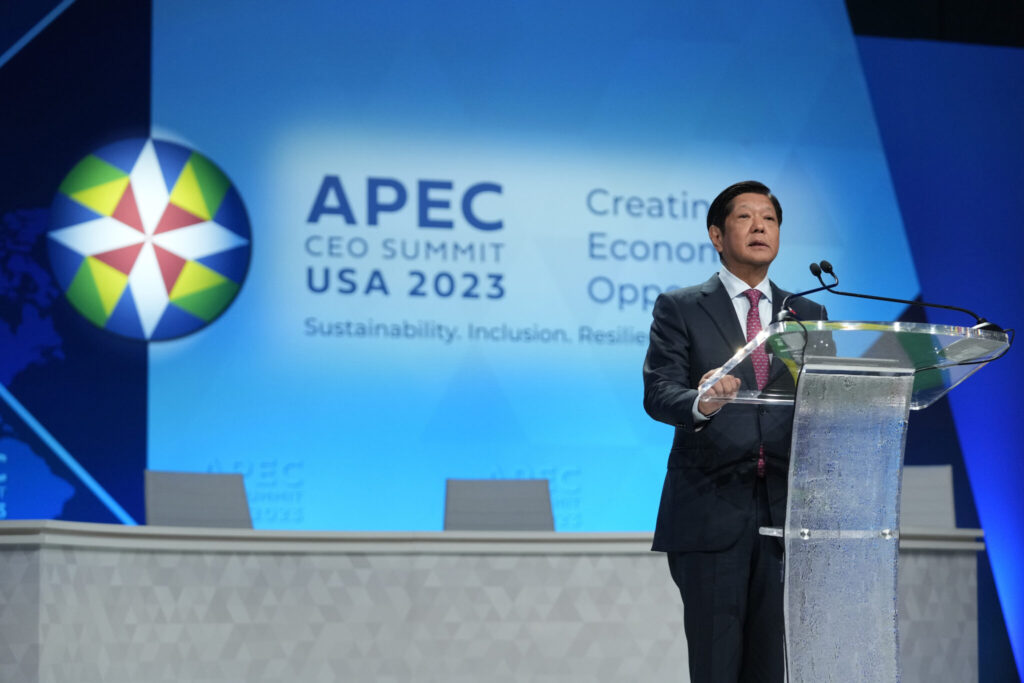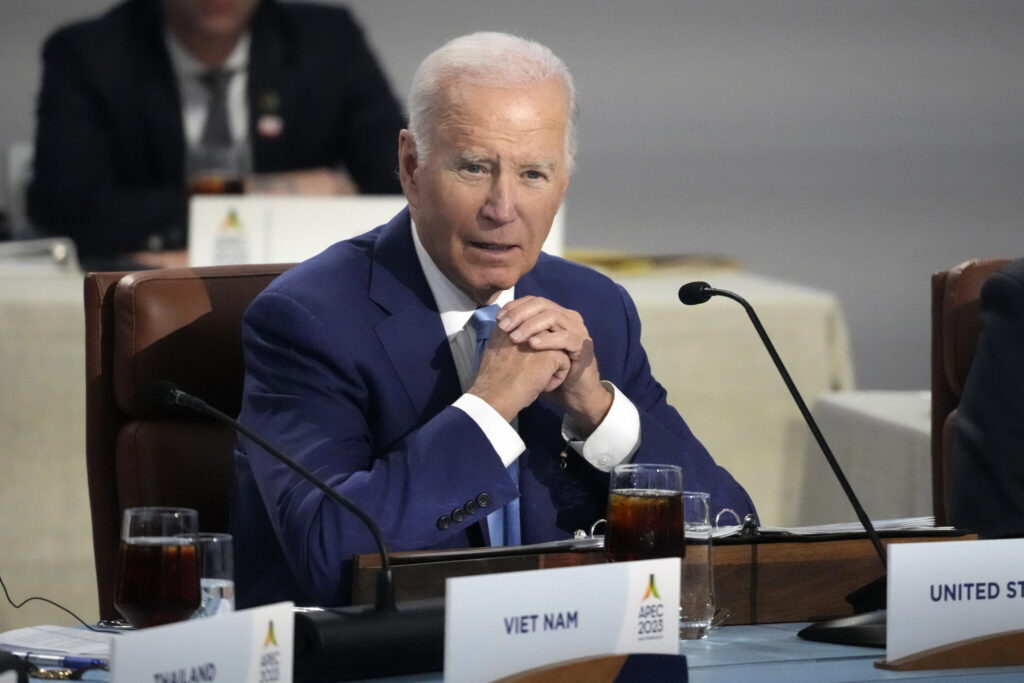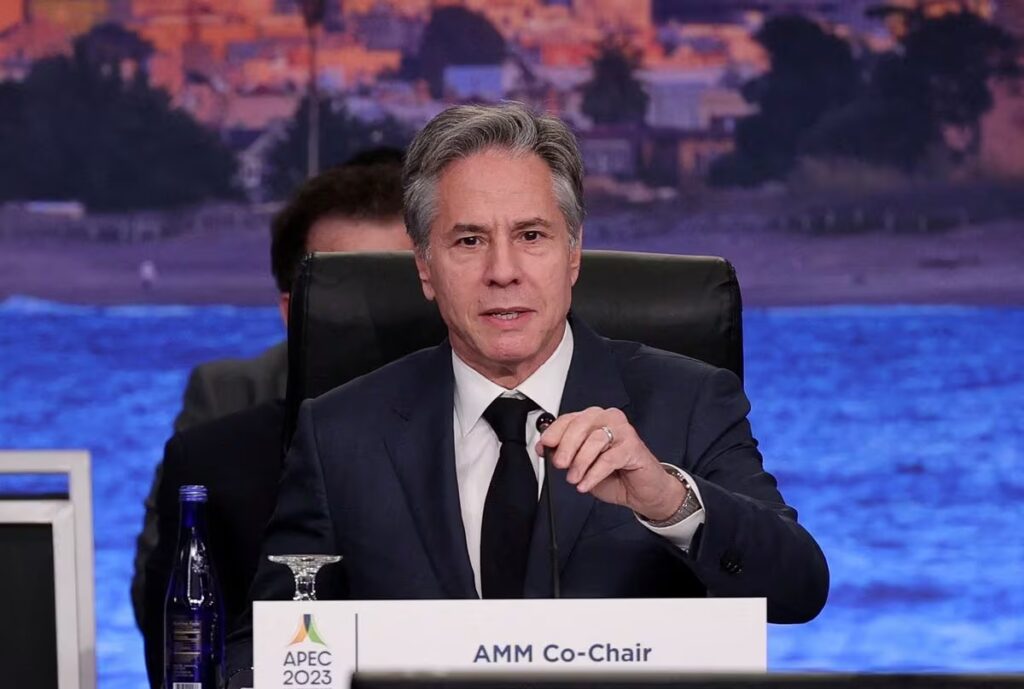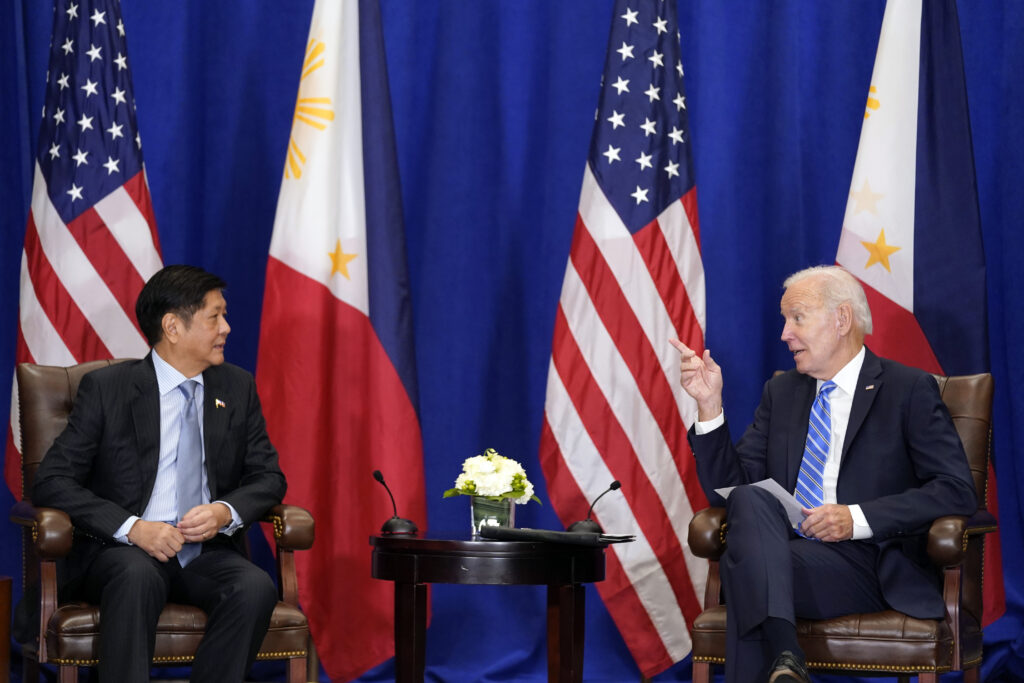The United States and the Philippines have signed a nuclear cooperation pact under which U.S. investment and technologies are to help the Southeast Asian nation transition to cleaner energy and bolster its power supply. Philippine President Ferdinand Marcos Jr. witnessed the signing of the deal by his energy secretary and U.S. Secretary of State Antony Blinken on Thursday on the sidelines of the Asia Pacific Economic Cooperation summit in San Francisco.
Quick Read
- The U.S. and the Philippines have signed a nuclear cooperation agreement to aid the Philippines in transitioning to cleaner energy and enhancing its power supply.
- Philippine President Ferdinand Marcos Jr. witnessed the deal’s signing by his energy secretary and U.S. Secretary of State Antony Blinken at the APEC summit in San Francisco.
- The agreement, known as a Section 123 agreement, is expected to help the Philippines incorporate nuclear energy into its energy mix by 2032, with the U.S. as a partner.
- This pact facilitates U.S. companies to invest in and engage in nuclear power projects in the Philippines.
- Blinken highlighted that the agreement was concluded in a record time of one year, the quickest for a Section 123 agreement.
- The Philippines aims to reduce greenhouse gas emissions by 75% by 2030. The incorporation of nuclear energy will support this goal while meeting increasing energy demands.
- The agreement allows for the deployment of advanced technologies, including small modular reactors, which are particularly suitable for the Philippines, consisting of over 7,000 islands.
- The Philippines previously attempted to build a nuclear plant, the Bataan Nuclear Power Plant, in the 1970s, but it was never completed due to cost and safety concerns.
- The U.S. currently has 23 active Section 123 agreements, covering peaceful nuclear cooperation with 47 countries, the International Atomic Energy Agency, and Taiwan.
The Associated Press has the story:
US, Philippines sign a Nuke cooperation pact allowing US investment & Tech
Newslooks- MANILA, Philippines (AP)
The United States and the Philippines have signed a nuclear cooperation pact under which U.S. investment and technologies are to help the Southeast Asian nation transition to cleaner energy and bolster its power supply.
Philippine President Ferdinand Marcos Jr. witnessed the signing of the deal by his energy secretary and U.S. Secretary of State Antony Blinken on Thursday on the sidelines of the Asia Pacific Economic Cooperation summit in San Francisco.

“We see nuclear energy becoming a part of the Philippines’ energy mix by 2032 and we are more than happy to pursue this path with the United States as one of our partners,” Marcos said at the signing ceremony.
He said the pact, known as a Section 123 agreement, would support the development of reliable, affordable and sustainable power in the Philippines. It will also open doors for U.S. companies to invest and participate in nuclear power projects, he said.
Blinken said negotiations with the Philippines were completed within a year, the fastest for a Section 123 agreement, which is required under the U.S. Atomic Energy Act to allow the transfer of nuclear equipment and material for peaceful uses.

He noted that the Philippines has set an ambitious target of cutting greenhouse gas emissions by 75% by 2030. With its peak energy demand expected to quadruple by 2040, nuclear energy will help it meet its needs in a sustainable way, he said.
“With access to U.S. material and equipment, the U.S. and the Philippines will be able to work together to deploy advanced new technologies, including small modular reactors, to support climate goals as well as critical energy security and baseload power needs within the Philippines,” he said.

“In a nation of more than 7,000 islands, small modular reactors -– some just the size of a city bus -– can generate energy locally and conveniently,” he added.
The Philippines began building a nuclear generating plant, the Bataan Nuclear Power Plant, in the 1970s but it was never completed after questions were raised about its cost and safety, including its location near a major fault and the Pinatubo volcano.
The United States has 23 Section 123 agreements in force that govern peaceful nuclear cooperation with 47 countries, the International Atomic Energy Agency and Taiwan.







